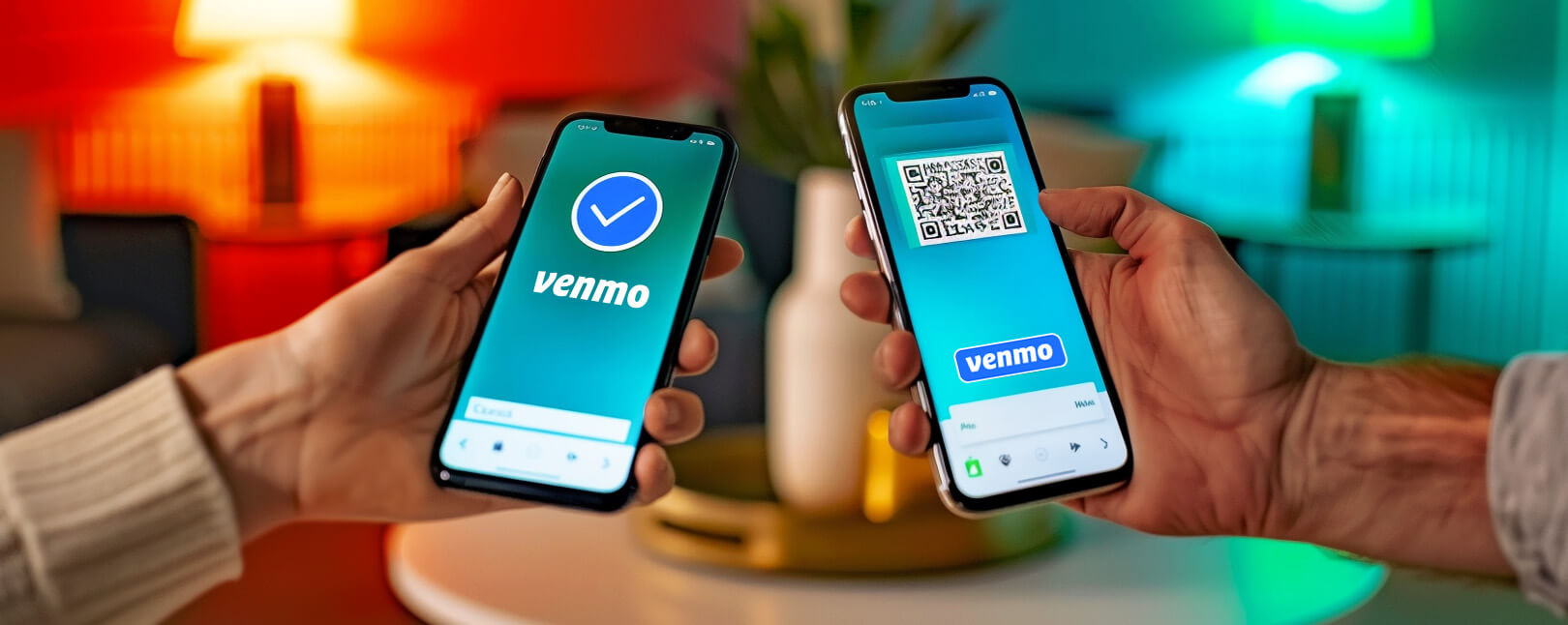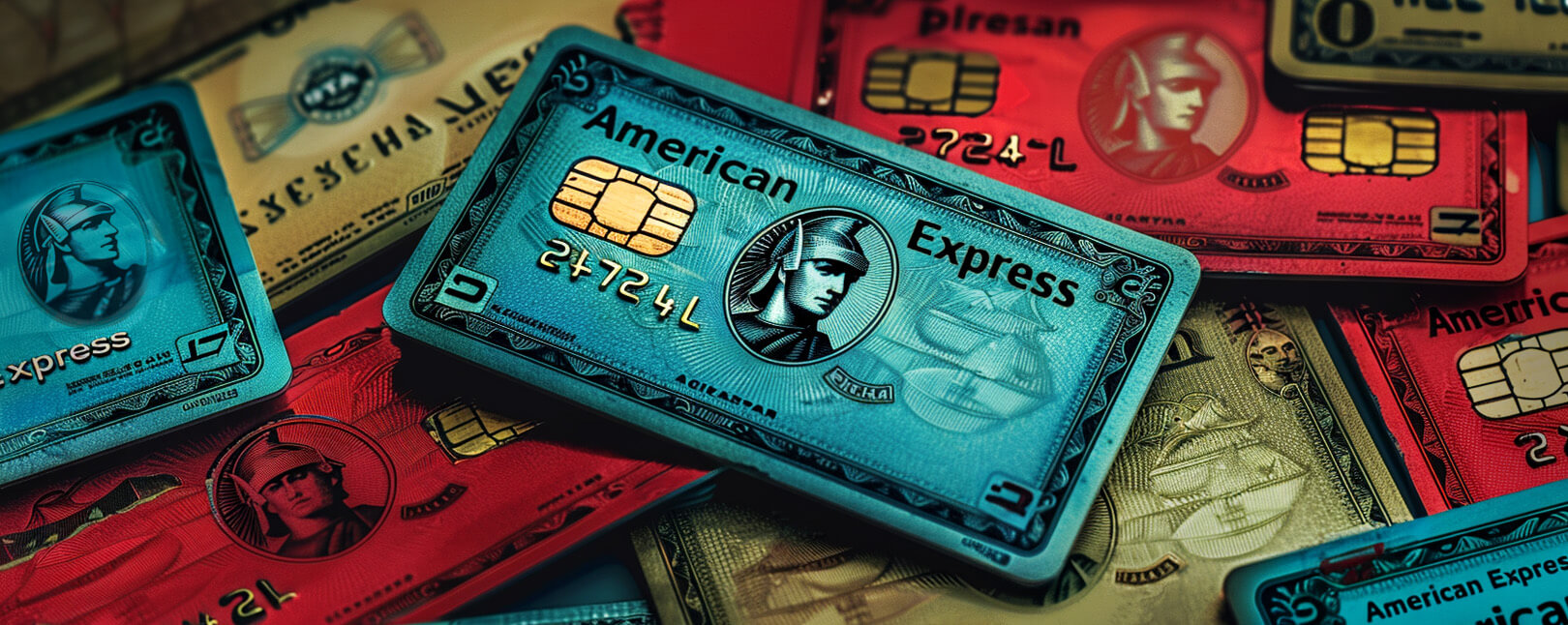Branded Apps & BOPUS Ordering Leads to Chargebacks in Food & Beverage Industry
It used to be that if you wanted to grab a bite from a nearby restaurant, you had a limited range of options. You could call-in and place an order, or you could go and order in-person. Nowadays, though, technology is revolutionizing how we do dinner.
More and more restaurants offer mobile apps, digital loyalty programs, and BOPUS (“buy online, pick up in store”) options. This presents some great opportunities for the restaurant industry, but there are some downsides.
Many in the food and beverage business embraced online ordering, only to find themselves dealing with chargebacks on a large scale for the first time. So, let’s examine the situation, and identify where the sudden surge in chargebacks originated.
How Does BOPUS Work?
Before we dive in, let’s first examine how BOPUS works a bit more closely.
Many of the big names in food and beverage sales already have a branded app to take advantage of BOPUS. Through their proprietary platforms, these businesses can give consumers the power to locate stores, review menus, keep up with promotions, place orders, or even schedule delivery.
Merchants can use proprietary apps to boost engagement and customer retention, and increase the business’s average transaction value. Merchants can even integrate a customer loyalty program into the app, encouraging buyers to keep coming back over and over to earn free items, special deals, and more.
Top 5 Food & Beverage Apple App Store Downloads
- DoorDash
- Uber Eats
- McDonald’s
- Starbucks
- Postmates - Food Delivery
Source: Apple App Store Rankings, Food & Beverage Category, June 2019
All totaled, the five apps listed above have tens of millions of weekly users throughout the US. Having a branded app with BOPUS capability is a major advantage in the modern food and beverage market. But, even if you don’t have your own app, you can still enjoy many of the perks of this sales model.
The BOPUS approach allows you to streamline the customer experience. Now, rather than calling-in an order or walking up and waiting, hungry customers can make purchases with just a few clicks. Buyers can save their payment information for future purchases, producing faster checkouts with less friction. Some choose to order while en route, then walk in, pick up their items, and walk out.
The Downside of Convenience
Consumers have more choices now than ever before regarding their interactions in the food and beverage vertical. But, as retailers learned over the last decade, there can be downsides to this as well.
As the BOPUS model catches on, more and more merchants in the food and beverage industry are experiencing a surge in chargeback activity. Chargebacks are a kind of forced payment reversal facilitated by a cardholder’s issuing bank. The customer goes to her issuing bank, claims a transaction was fraudulent or had some other issue, and the bank overturns the sale on the cardholder’s behalf.
Now, chargebacks are nothing new to eCommerce retailers. For many in the restaurant business, however, this influx of chargebacks likely came as a shock. If we look at merchants’ average chargeback rates as a key indicator, there’s been a dramatic shift for the restaurant industry in the last decade.
Merchants in the food and beverage vertical reported almost no chargeback activity in a study conducted back in 2013. Of course, that was before BOPUS became a widely-used technology. Looking at the State of Chargebacks 2018 report, though, we see that 28% of food and beverage respondents had a chargeback rate between 0.5 and 1% of transactions. One in ten had a chargeback rate above 1%.
Are All Chargebacks Caused by Fraud?
It’s natural to assume that these new chargebacks are tied to criminal fraud...and in fact, some of them are. The eCommerce market involves no face-to-face verification or PIN codes, and fraudsters are nothing if not opportunistic. Especially after the EMV liability shift—a directive that drove merchants to adopt more secure technology—a good number of fraudsters began shifting their focus to online sales as an easier target. Even though restaurants are brick-and-mortar operations, payment transactions take place remotely in the case of BOPUS sales.
Card-not-present fraud is a serious matter, and you can’t afford to take this threat lightly. The technologies are only going to grow more engrained in the customer experience. So, if you fail to take steps to avoid fraud now, you risk seeing ever-higher losses. The real problem, though, is identifying the source of fraud losses.
In 2019, 75% of food and beverage merchants reported seeing a recent uptick in mobile fraud attempts. That seems disheartening at first glance. After all, how can individual merchants fight back against a widespread trend that impacts the entire market? Well despite what you may have heard, the truth is that most chargebacks are not criminal fraud. Either accidental or intentional chargeback abuse is often responsible.
Decrypting Friendly Fraud & Cyber Shoplifting
More automation in the ordering and checkout process, combined with reduced face-to-face interaction between cardholders and restaurants, creates potential for errors and misunderstandings. Those conditions, in turn, lead to a phenomenon called “friendly fraud.”
Friendly fraud occurs when a buyer makes a legitimate purchase, then later files a chargeback without a valid reason. For example, let’s say a customer experiences buyer’s remorse and regrets spending as much as she did on a meal. Or, maybe a child orders a bunch of pizzas with a parent’s credit card, and the parent balks at the bill. A chargeback wouldn’t be appropriate in either situation, but buyers could make any number of claims get their money back. Here are just a few examples:
- The food order wasn’t delivered.
- The food wasn’t as described, and you wouldn’t take it back.
- The original transaction wasn’t authorized by the cardholder.
According to our data, between 60-80% of the average merchant’s chargebacks are due to this practice. In many cases, this a genuine misunderstanding: the customer simply doesn’t know the difference between a refund and a chargeback. Other times, the practice is less benign, though. What’s sometimes called “cyber shoplifting” is a deliberate fraud attack that uses a chargeback as a tool.
You can think of cyber shoplifting as being like a digital dine-and-dash. The buyer gets a meal, then runs out on the bill after the fact by filing a chargeback. Fraudsters perpetrate this scheme because it’s easy, and it’s low-hanging fruit. For evidence, you can simply look at social media:
@zexrca @deadsubs implying i dont chargeback every pizza i buy
— lug (@ItsLukeEv) November 28, 2015
Can someone order me a pizza for $4 on UMG. and just do chargeback
— NEW @WarnerWhat (@alfiewarnerr) May 13, 2017
Can i chargeback pizza hut if i order through there lmfao
— FifaCoinAgents (@FifaCoinAgent) July 26, 2014
@NoReach_ chargeback your pizza again then you can afford it 😉 xD
— Connor (@Smithyyyyy99) January 23, 2016
Take Action to Stop Chargebacks
Industry players are trying to take steps against chargeback abuse. For instance, recent policy changes like Visa Claims Resolution and Mastercard Dispute Resolution overhauled the brands’ rulesets. The companies established new chargeback processes, revamped reason codes, and made other changes.
These rule updates are a good start, but they’re not enough. The problem is complex and multifaceted; it demands a multilayer solution implemented at the individual merchant level.
Leveraging tools like fraud scoring, Address Verification Service, CVV verification and geolocation—these are fundamental to any viable strategy. Understand, however, that they only address criminal fraud; that’s why you need to optimize the customer experience to prevent chargebacks due to merchant error, too.
If you have your own branded app, constantly review the technology and troubleshoot to remove glitches and other technology problems. If you see certain issues coming up regularly, make sure that the problem isn’t on your end. Also, consider providing effective, round-the-clock live customer service across multiple channels. That’s the only real way to ensure an optimal customer experience.
Have other questions about chargebacks in the restaurant industry? We’re here to help. Click below to get started today.












